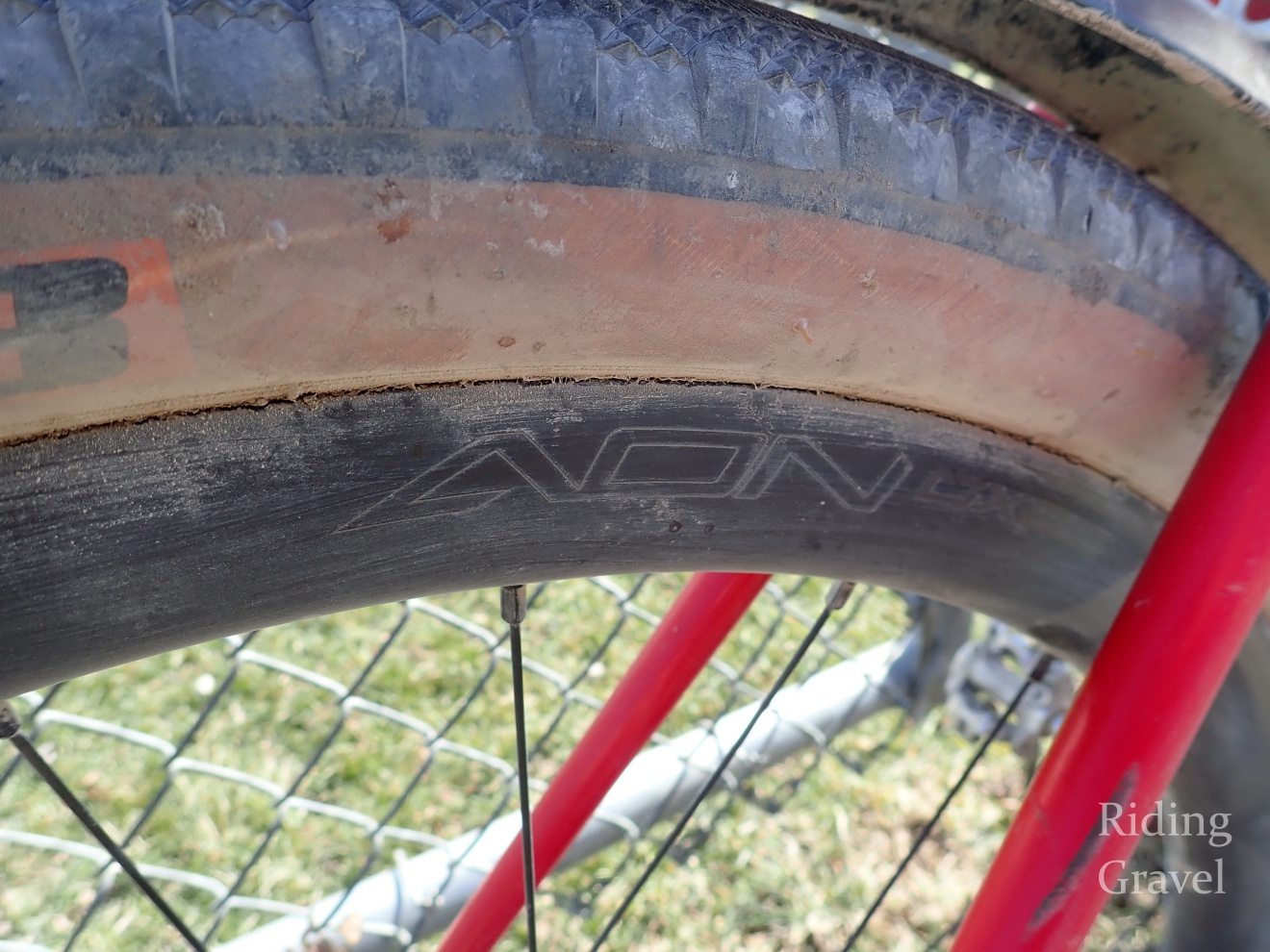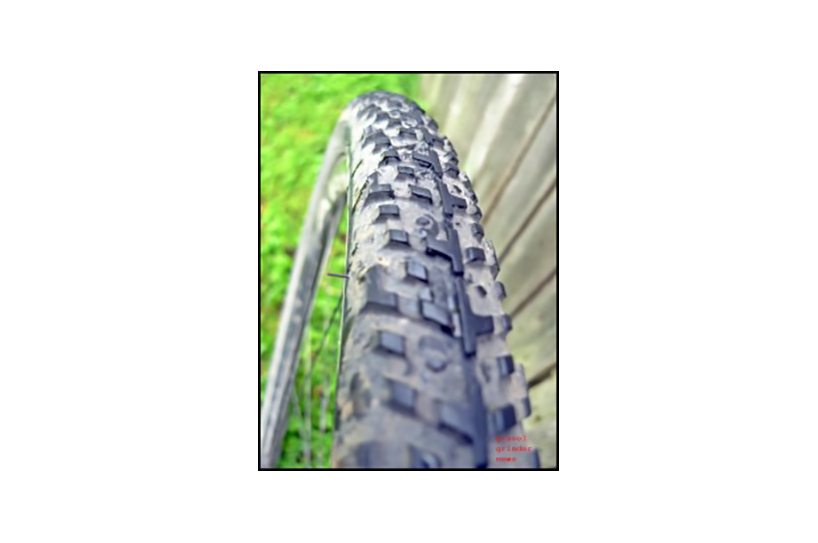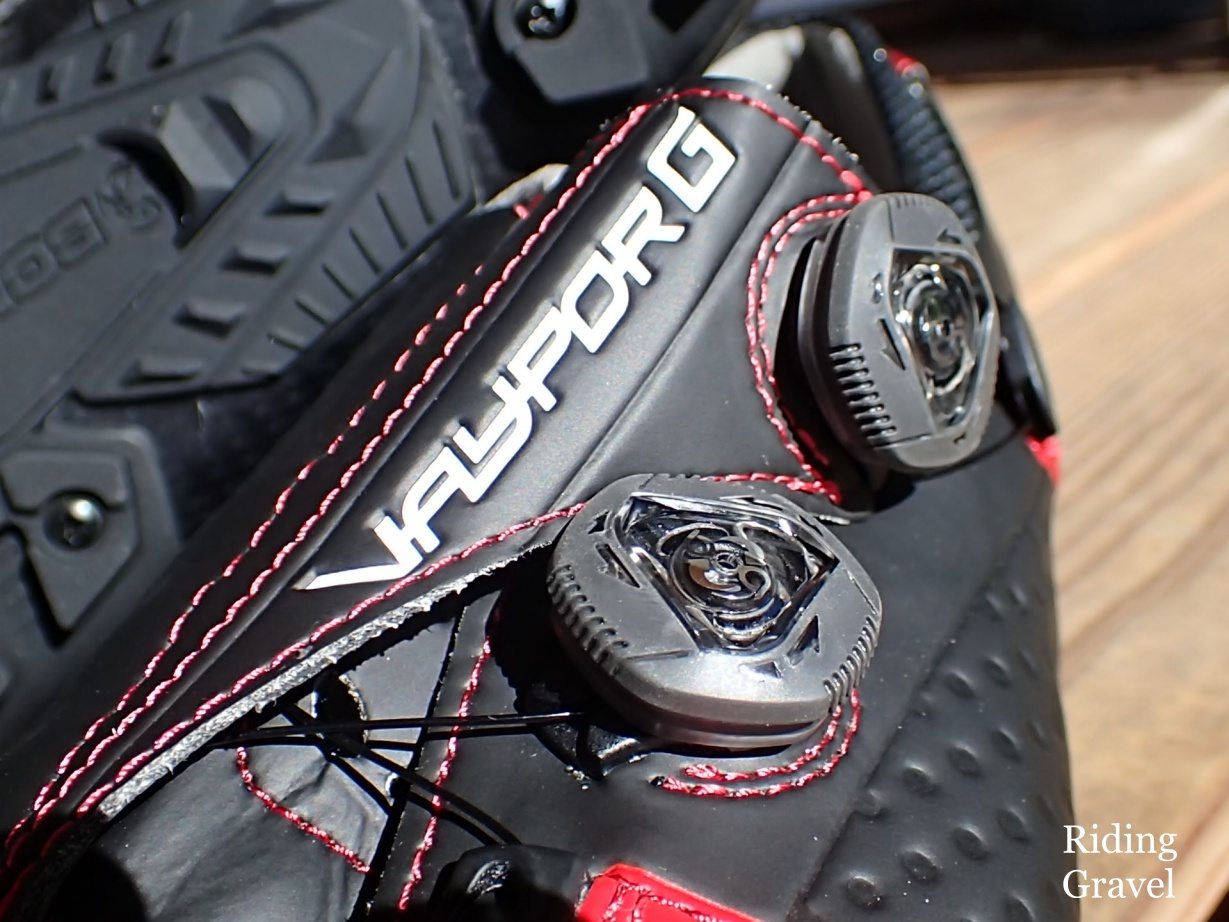Gritty Take: Notes from the Shimano GRX Press Intro – by MG

Image: MG
Gravel riding is evolving fast. Compare the bikes we were riding just a few years ago with the ones we’re riding today and it’s easy to see how much more capable new gravel bikes are. It’s not just one area of the bike, either. Framesets, wheels, tires, drivetrains and brakes have all evolved to make every gravel ride better.
In development for more than four years, Shimano’s new GRX family of components give drop bar dirt riders a lot to be excited about. It takes the best technologies from the company’s road and mountain component groups and updates them for the unique needs of gravel and cyclocross cyclists.
We had the opportunity to attend the recent Shimano GRX Press Camp in Columbia Falls, Montana. There, we received a glimpse into the future of gravel bikes and components, starting with the introduction of Shimano’s awesome new GRX Di2 electronic gravel groupset. To say it’s impressive would be an understatement.

Image: Kevin Fickling, Shimano GRX press event
After spending two days riding our GRX Di2-equipped 2020 GT Grade Pro on nearly 100 miles of Montana back roads, pavement and full-on singletrack, it’s easy to see how GRX raises the bar for drop bar dirt bikes in a number of areas.
In addition to GRX Di2, we also had our first opportunity to see the 400-series (10-speed) mechanical GRX group in person. Its availability is perhaps more significant news than the GRX Di2 group, as the lower price will enable more gravel cyclists to experience the benefits of GRX.
Be sure to check out our earlier Shimano GRX-related posts for GRX technical specs, pricing and Guitar Ted’s early perspective on why the group is a big deal, using the links below:
- Gravel Grinder News: Shimano Debuts First Dedicated Gravel Road Group
- Gritty Take: Why Shimano’s GRX Group Is A Big Deal
- Shimano GRX Components: Getting Rolling
Look for our Getting Rolling posts for the Shimano GRX Di2 components, and the GRX Di2-equipped GT Grade Carbon Pro coming soon.
Without further ado, here’s a summary of our takeaways from the Shimano GRX press camp:
GRX Makes Gravel Riding Better
According to Shimano North America Brand Manager, Nick Legan, there’s more to GRX than just cherry picking of the company’s best technologies.
“GRX, in my opinion, is greater than taking the sum of the best of our road and the best of our mountain technologies. There’s true innovation in it.”

Image: MG
One example Legan cited was the offset chain line of the GRX drivetrain. Moving the drivetrain out 2.5mm enables new gravel bikes to be built for increased clearance, so fatter tires can be run without clearance issues. This paves the way for frames that can easily take the new 50c tires coming to market.
The reimagined form factor and raised pivot point on the GRX Di2 levers is an innovation aimed squarely at the unique ergonomic needs of cyclists participating in long, rough gravel events. The pronounced directional ridges of the hoods are designed to be easier to grip and less fatiguing to ride through bumps with.
The levers themselves have a grippy surface coating, which makes it easier to grab onto, especially when wet or muddy. This is a feature all GRX levers share, and it’s one that’s easy to feel when you grab the levers.
Earlier this summer, at the intro for the 800-series mechanical GRX groupset, Legan admitted to me that, while it may seem like a small details, the grippy lever coating is one of his favorite innovations GRX brings to the table. After riding GRX mechanical and Di2 levers back to back with those of a competitor, I have to agree. It’s easier to grip.

Image: MG
GRX Di2 levers also have buttons on the inside of the hood tops, which can be configured a number of different ways. You can use them as shifters, or sync them with your Garmin GPS computer, which enables scrolling through the Garmin’s pages using the buttons. On a Shimano STEPS-equipped gravel eBike, you can even use the buttons to control the motor’s assist levels. Now that’s integration…
Our GT Grade Carbon Pro was set up to control the Garmin with the buttons at the Shimano GRX press event. On the rough roads and trails we rode, I enjoyed the ability to easily scroll through the Garmin 830s pages without needing to take my hands off the bar. It’s an integration that makes ride data easy to access, while also making riding safer.
GRX Offers Options
Shimano took the time to listen to the needs of gravel riders and racers at every level, and the options available within the GRX family reflect the diversity of needs within the gravel family. The preferences of the riders on Shimano’s Gravel Alliance, mostly comprised of elite cyclists, are different from those of a cyclist just getting into the sport, so gearing options, for example, are different to reflect that fact.

While we chose to run 2x GRX drivetrains on our test bikes, there were quite a few journalists at the Shimano press event who went with the 1x GRX drivetrain. It’s an appealing option too, since the 1x drivetrain frees the left lever to control the dropper post, using a special GRX lever Shimano designed for the job.
You can still run the PRO Discovery dropper on a 2x GRX-equipped bike, but control of the post is through a very clean 2-way lever that sits just below the left lever body (see detail image at right).
11-speed mechanical GRX groups offer a number of options to enable riders on more limited budgets to get onto a GRX-equipped bike. Two of the most expensive components – the shift/brake levers and crank – are available in less expensive 600-level trim.
While the 600-series GRX shifters lose the cool, textured hoods of the 800-series GRX levers, from a shifting and braking performance standpoint, they should be very close to the more expensive levers.

Image: Kevin Fickling, Shimano GRX press event
The 600-series GRX crank options are a little more limited than with 800-series GRX. The 600-series 2x crank is geared slightly lower, with 30/46t chainrings (compared to 31/48 with 800 series). A 1x GRX 600-series crank is also available with a 40t ring. The 800-series GRX crank offers a choice of 40t or 42t rings.
Finally, since GRX groups are compatible with Shimano’s existing 10- and 11-speed road groups, riders have nearly unlimited options to mix and match parts to precisely meet their specific needs.
Shimano Understands Gravel
The Shimano team took the time to immerse themselves in the gravel scene as it developed the GRX family. They participated in events including Almanzo, the Dirty Kanza and others, and spoke with riders and dealers at the events to gain perspective.
The features and options available within GRX are the result of the perspective and knowledge they gained through their work. Shimano is betting big on the future of gravel cycling, and in GRX, the future is now. With options to meet the needs of the diverse range of gravel cyclists around the world, GRX offers a turn key solution that’s not a “one size fits all” package.
We can’t wait to see all the different ways gravel cyclists will build their GRX-equipped bikes. There’s no one ‘right’ setup for every rider in all conditions, so we believe the options Shimano built into GRX will ensure its success.

Image: Kevin Fickling, Shimano GRX press event
Parting Thoughts
I know I sound a bit like a worn out record, but we’re so incredibly lucky to be gravel-loving cyclists right now. Every year, the bikes, and now the components for the bikes, keeps getting better. It’s not just by a little bit either.
In GRX, Shimano has singlehandedly recognized and legitimized gravel and adventure cycling as a bonafide discipline in the cycling world. They weren’t interested in being first to market. Instead, they took the time to talk to, and more importantly listen to cyclists who get dirty daily. The Shimano team started riding gravel themselves to get direct perspective on the challenges gravel riders faced. They did their homework, and the result is exactly what they were shooting for: a gravel component family that’s setting the standard.
This isn’t the first time Shimano has pulled a coup like this. Remember the original Deore XT mountain bike group of the mid-1980s? It did for mountain bikes what GRX is doing for gravel bikes today – taking it to a higher level with purpose-built parts.
It’s a good time to love gravel cycling indeed.
Shimano paid for MG’s travel and accommodations at the GRX press event, and provided the GRX Di2 groupset for MG to ride at no cost. GT Bicycles provided the 2020 Grade Carbon Pro frameset at no charge for the build. We are not being paid, nor bribed for our coverage, and the views and opinions in this story are strictly our own.









I am interested to understand how the left hand shifter works on 1x configuration when combined with a dropper post: is there a way to disable the ratchet on that shifter?
To answer my own question: the 800 series has a dedicated left hand lever that can control the dropper post. The 600 series does have a 1x crankset, but Shimano website doesn’t list a dropper compatible lever in that series. The 400 series doesn’t have a 1x crankset.
… also, I believe you’re correct: 800-series is the only one with the special lever; 600-series has a both 1x and 2x cranksets, and 400-series is 2×10-speed only, as a series. Ironically however, since there’s no 400-series crank, a FC-RX600-10 (600-series) crankset with 46/30t rings is Shimano’s recommended spec.
Thanks. That’s so strange: why did they place a 10 speed crankset in the 600 series…? There is a small weight difference between 600-10 and 600-11 crankset and the 600-10 is about 15% cheaper, so as a consumer having it in the 400 series would be much less confusing to me.
@pkram – I suspect the weight difference is in the chainrings, and that likely accounts for the cost difference as well. The likely reason it’s still a 600-series model is because it uses Hollowtech 2 arms. A 400-series crank would most likely use solid forged arms, so there’s a performance benefit, even if it’s a little confusing up front.
Thanks @pkram. It’s a dedicated lever to actuate the dropper post, so if you want to switch between 1x and 2x, you’d need both left-hand levers, and switch them out when you switch out chainrings and remove the front derailleur. Or, you could run the PRO drop bar dropper lever, and keep it the same on both configurations. That’s what I’d do if I were in that boat. The PRO lever is pretty sweet…
Any idea if Shimano will release GRX with levers that will work for rim brakes?
Thanks @Jason – No idea on if or when that’ll be an option. They didn’t mention rim brakes at all at the GRX intro, so if it’s on their radar, they aren’t sharing any news at this point. You could run a set of Shimano’s road STI levers with an otherwise GRX drivetrain however. They’re fully compatible with the GRX derailleurs, so if you’re committed to rim brakes, that’s what I’d recommend.
That would be nice, but it would be a small market. I wouldn’t hold my breath. Perhaps this is obvious, but you should still be able to run the mechanical derailleurs with rim brake mech shifters. For all we know the rim brake Di2 shifters will also be fine with the Di2 derailleurs.
Hi!
Which BB is used?
I’ve installed a GRX crank on a GT Grade 2020 and chainline was not good.
Thanks